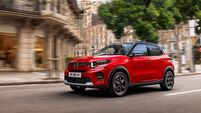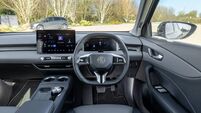Nissan Qashqai review: still lost in crowd of rival SUVs
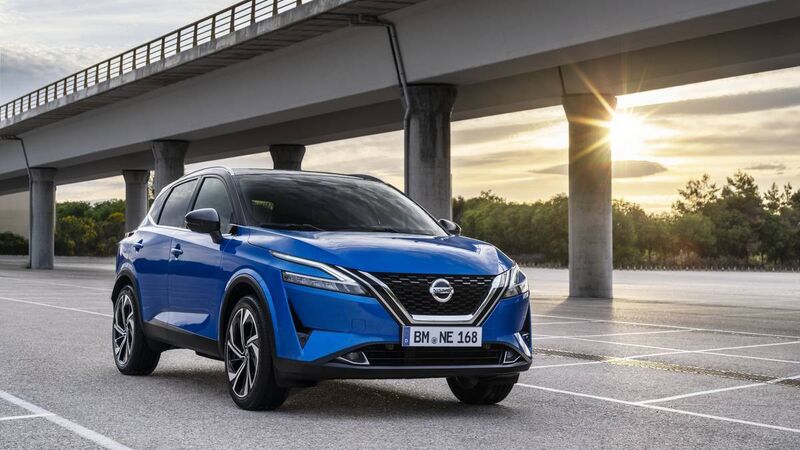
The all new Nissan Qashqai is bigger, wider, taller, and has a longer wheelbase than its predecessor. Nissan used lightweight materials to increase strength and reduce weight
|
NISSAN QASHQAI |
|
|---|---|
|
|
★★★★☆ |
|
|
from €32,700 - €48,300 as tested |
|
|
a surprisingly fleet 1.3-litre petrol with mild hybrid technology |
|
|
in SVE CVT trim this doesn’t want for much |
|
|
still a very accomplished machine, but the opposition is raising the bar all the time |
Once upon a time the Nissan Qashqai was the master of all it surveyed. When it was launched back in 2007 it was completely and utterly unique – one of a kind.
Nowadays – and despite the fact it has sold over five million units worldwide – it is fighting for air among a clutch of impersonators, some of whom have done such a decent job that it seems like it is the Nissan is the doppelganger and not any of its mimics.
While it might once have been a car which defined an era and a new segment, the Qashqai – a victim of its own success, perhaps – is now chasing a pack which includes Korean rivals the Kia Sportage and the Hyundai Tuscon, as well as popular stuff like the Toyota RAV4, the VW Tiguan, the Ford Kuga and others like the SEAT Ateca and the Skoda Karoq.
That’s a lot of competition by anyone’s measure and given the turbulence that has wracked Nissan for the last number of years what with their insistence on prosecuting for CEO Carlos Ghosn for alleged financial irregularities, his subsequent undercover flight from Japan and the ensuing row which threatened the Renault/Nissan alliance, it was an even bigger ask to come up with a new and relevant version of the Qashqai what with all that was going on in the background.
Trying to build a successful C-Segment contender to go in against the likes of the Ford Focus and the VW Golf is no easy task in itself and Nissan, previously armed with the unloved Almera in the class, did not look well-positioned to do so.
But what they produced was quite left-field in that they built what was described in-house as a mini-Murano, in reference to the company’s large SUV of the time. What they intended was European-oriented car with the desirability, practicality and versatility of an SUV, but with the driving characteristics of a medium-sized family car.
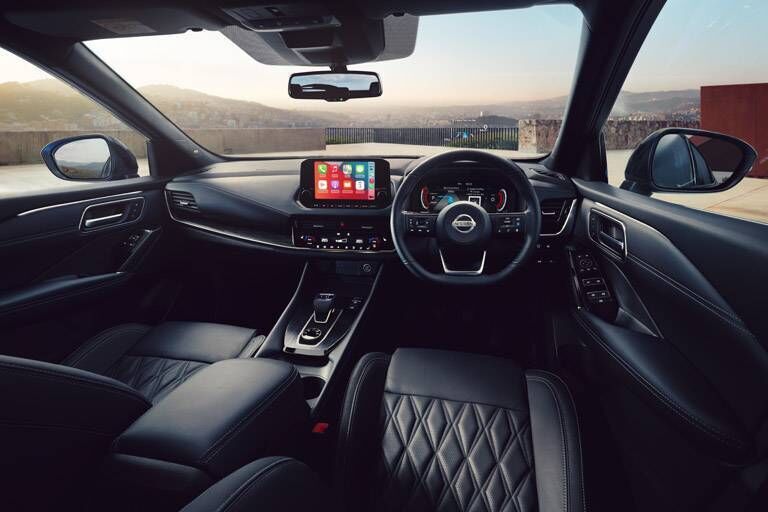
Being something of a traditionalist, I hated what they came up with, primarily because it effectively spelt the end of the small family hatchback and created a new world in which we would become besotted with SUVs. Like most people I rail against change, despite it being a constant in our lives. The Qashqai was a massive change – and I didn’t like it.
Nissan did, though, and so did millions of punters globally who took to the new car with the sort of enthusiasm gold-diggers react to a word of a new seam in their locality. It's across the board appeal was nothing short of astonishing and its’ sales figures reflected that.
The second generation, which arrived in 2013, of the Qashqai repeated the formula of making a car which was practical to a ridiculous level, was economic, decent enough to drive and didn’t cost the earth. It sold by the bucketload as well.
And, as of early last year, we have the third iteration of the Nissan sensation and it is bigger, wider, taller and has a longer wheelbase than its predecessor and shares a platform with the Nissan Rogue/X-Trail and also the new Renault Austral. As such it needs to be as much of a success as its predecessors.
Nissan says that the widespread use of lightweight materials and advanced stamping and welding techniques increase strength and reduce weight. On top of that the bonnet, doors and front bumper are made of aluminium to add further lightness.
Generally the trouble with such things is that while striving to shave weight, carmakers can end up with something that has shaved the quality of the driving experience instead. In this instance Nissan haven’t cocked it up at all and the general refinement of the ride is generally good and so too the handling.
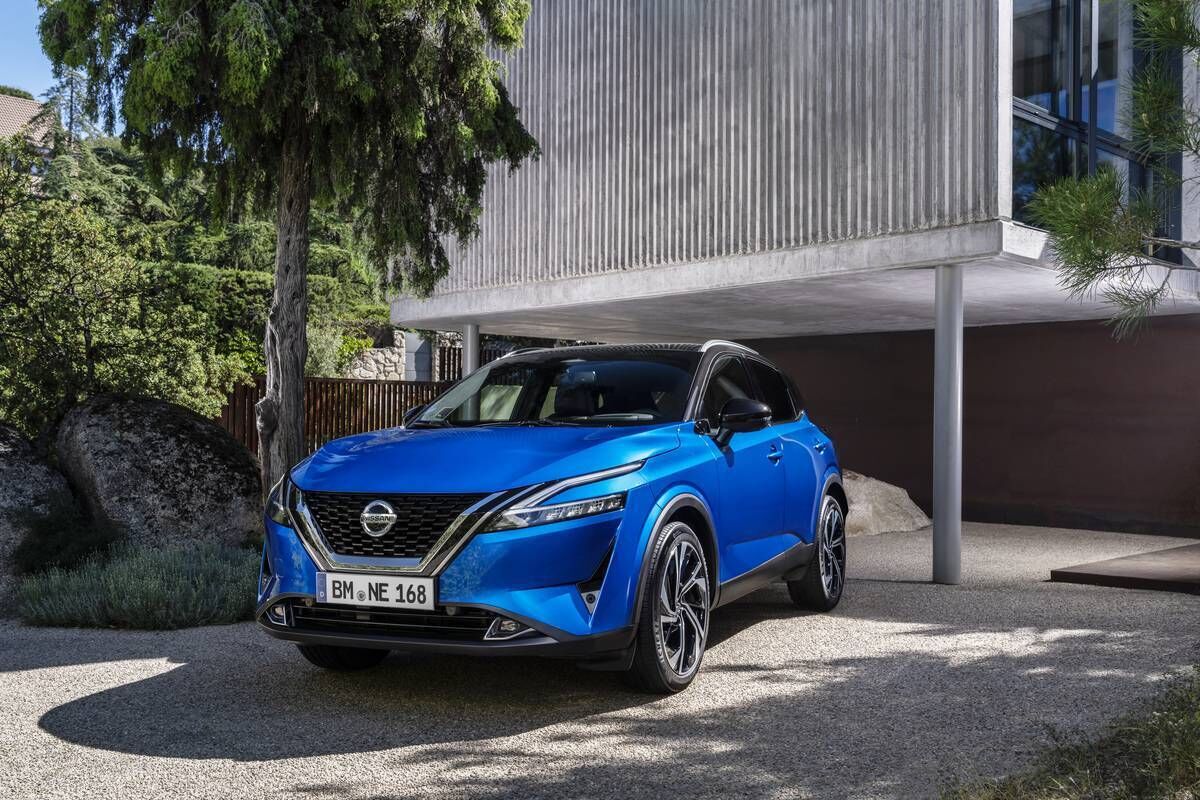
This is helped by the fact that in the case of the tester, it was fitted with all-round independent suspension and not the torsion bar layout which is fitted to lesser models. That said, however, the Qashqai is – by our reckoning – fighting to keep pace with the rest of the SUV mob and its’ on-road abilities are no longer class-leading. It is not bad by any standard, but it’s not the leader of the pack anymore.
The same applies to the infotainment systems which have been considerably uprated over the old car (up to and including a 10-speaker BOSE sound system on the tester) but yet is still somewhat old-school and seems to have been devised some time ago and lacked the up-to-the-minuteness of some of its rivals.
Just for an example, my good lady wife – whenever she’s travelling with me – insists on connecting her phone to the car and this caused a few minor quibbles when the car recognised one phone in priority to the other – usually the wrong one. But stuff like the heads-up display worked well and was an attractive addition to the car.
Also pleasing was the overall look which seemed up to the minute in terms of design, what with all those slimline lights and chiselled exterior surfaces. In fact, the design was such that while the car is obviously bigger than before, it doesn’t look in any way bargy or outsized. In fact, it looks really neat.
The interior too was very pleasing – Nappa quilted leather seats, no less – and is perhaps the best Nissan I’ve ever come across in that it has the air of a sophisticate rather than a utilitarian. The choice of materials was a step up from anything I’ve seen from the company historically and the layout of the instrumentation and switchgear was a massive step up from previous Qashqai models.
Practicality was always a watchword with this car and that has not changed any here. It is still one of the most suitable cars for as broad a range of customers as you can imagine – from fully-fledged families to empty nesters who want to get theirs and their buddies’ golf clubs in without sweat.
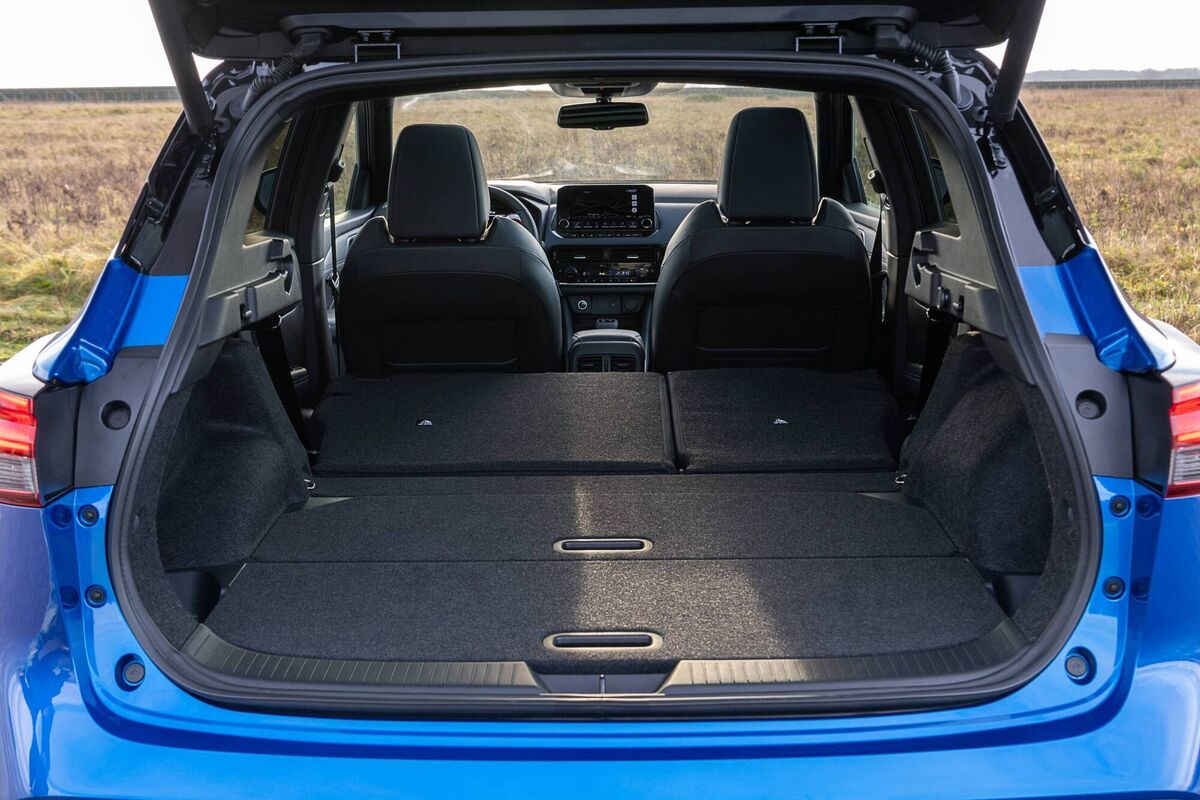
On the engine front, the tester was fitted with a 1.3-litre mild-hybrid petrol engine. To the uninitiated, this might seem very small for a car this size, but we had the 156 bhp version and without doubt, it is perfectly adequate for the job. It won't dazzle, but will get you from 0-100 km/h in 9.5 seconds, has a top speed of 210 km/h and will deliver a consumption rate of 6.3 l/100 km (44.1 mpg).
Less impressive was the Xtronic auto gearbox which, despite Nissan’s attempts to distance it from similar CVT units, was only ok and particularly annoying was its habit of being screechy under acceleration.
I cannot say that this new car in any way changed my ambivalence towards SUVs in general, but it certainly raised Nissan’s game in what has become an increasingly crowded territory. From the outset, the Qashqai was a winner with the public, but that popularity dimmed in the face of increasingly better and more sophisticated opposition.
Those rivals are not going away anytime soon and they have upped their game substantially over the years. Nissan has been a little slow to react and that’s probably why the Qashqai is no longer the sales powerhouse it once was.
This car can go some way towards rectifying that situation, but the fact of the matter is that the strength of the opposition will make it difficult for the Nissan to be as all-pervasive as it once was.
The bottom line, though, is that the new car is way better than what preceded it and in somewhat uncertain times for the manufacturer that will be a source of considerable comfort.


